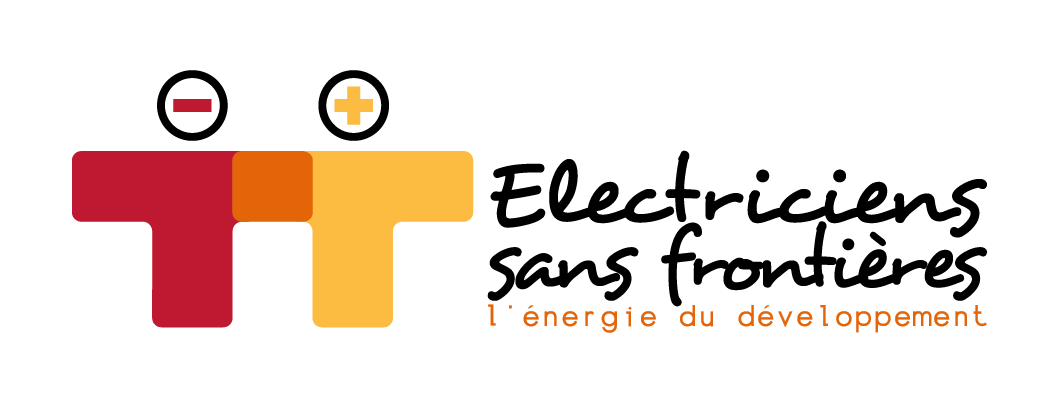Electricity contributes to the safety of public places and to the development of village social life in the evenings. Street lighting is reassuring when it gets dark. In emergency situations, electricity is used to recharge cell phones and to light reception and rescue centres.
The challenges
Lighting the village square, beyond enabling villagers to move about in safety in the evening makes it possible to host meetings, arrange family reunions or even sporting events!
The solutions
In isolated rural areas, the poor and those excluded from development policies live without electricity. After dark, it is difficult for them to continue their activities. Installing public lighting allows residents to continue their social activities and provides greater safety for them when moving about during the night.
In the event of a humanitarian crisis, we distribute portable solar lights. They enable families to have some form of lighting, move around safely and to charge their phones.
Establishing a sustainable light source helps to create a sense of fellowship. A classroom lit at night becomes a meeting room and a communal television set, an opening onto the outside world.
Nighttime shops can also be developed, just like evening markets. In addition, this allows for working time to be organised and its activities to be better managed.
Projet
Resisting with electricity: hybrid plants in Ukraine
Electriciens sans frontières, which has been mobilized since the first weeks of the Russian invasion, has intensified its actions in support of local populations and institutions, with one objective: to maintain essential services in a context of armed conflict.
Voir le projet